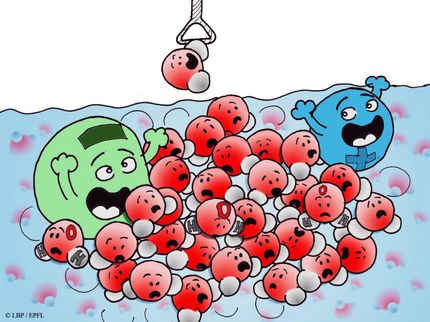Labcyte Receives 22nd Patent for Restoration of Fluid Volume and Composition Using Acoustics
Advertisement
Labcyte Inc. has received its 22nd patent (U.S. Patent 6,932,097), which discloses how to use acoustics to monitor the composition and volume of a fluid and maintain those parameters via active fluid supplementation. In many applications, both chemical and biological, fluid composition can change because of evaporation or absorbance of water from the atmosphere.
"Applications are numerous for the technology described in this patent. High on the list is the active control of the solvent composition in chemical libraries used in the pharmaceutical industry," said Richard Ellson, Chief Technical Officer. "Dimethyl sulfoxide (DMSO) is the solvent of choice because it so readily dissolves so many different chemicals. Unfortunately, the use of DMSO can lead to various problems. DMSO can evaporate from the plates used to store chemical libraries. Even heat-sealed plates can lose significant volume especially along the edges of the plate. At a minimum, this causes the concentration of the drug candidate to rise as the DMSO is lost. To make the situation worse, water can enter the wells and lower the concentration. This occurs since DMSO is very hygroscopic with the ability to absorb its own weight in water. Depending on the environmental conditions, this absorbed water can dilute of the drug candidates by as much as 50%, but worse yet, the water in the DMSO can promote precipitation or accelerate degradation of many chemical compounds in pharmaceutical libraries. False negatives are a common result when compound concentrations drop towards zero. With factors in play that both increase and decrease concentration, how do you know what you have?"
"The techniques taught in this patent provide the researcher with a way to monitor both the volume and hydration of DMSO in sample wells. Just as importantly, it also provides the mechanism to compensate actively for both loss due to evaporation and hydration due to laboratory humidity. Acoustic transfer of new DMSO to the reservoir well can compensate directly for evaporation. Addition of pure DMSO also reduces the concentration of water to levels that prevent chemical precipitation. This patent describes how researchers can take active control of the library samples rather than being a passive subject of laboratory conditions and lets the researcher get better answers in compound screening."
























































